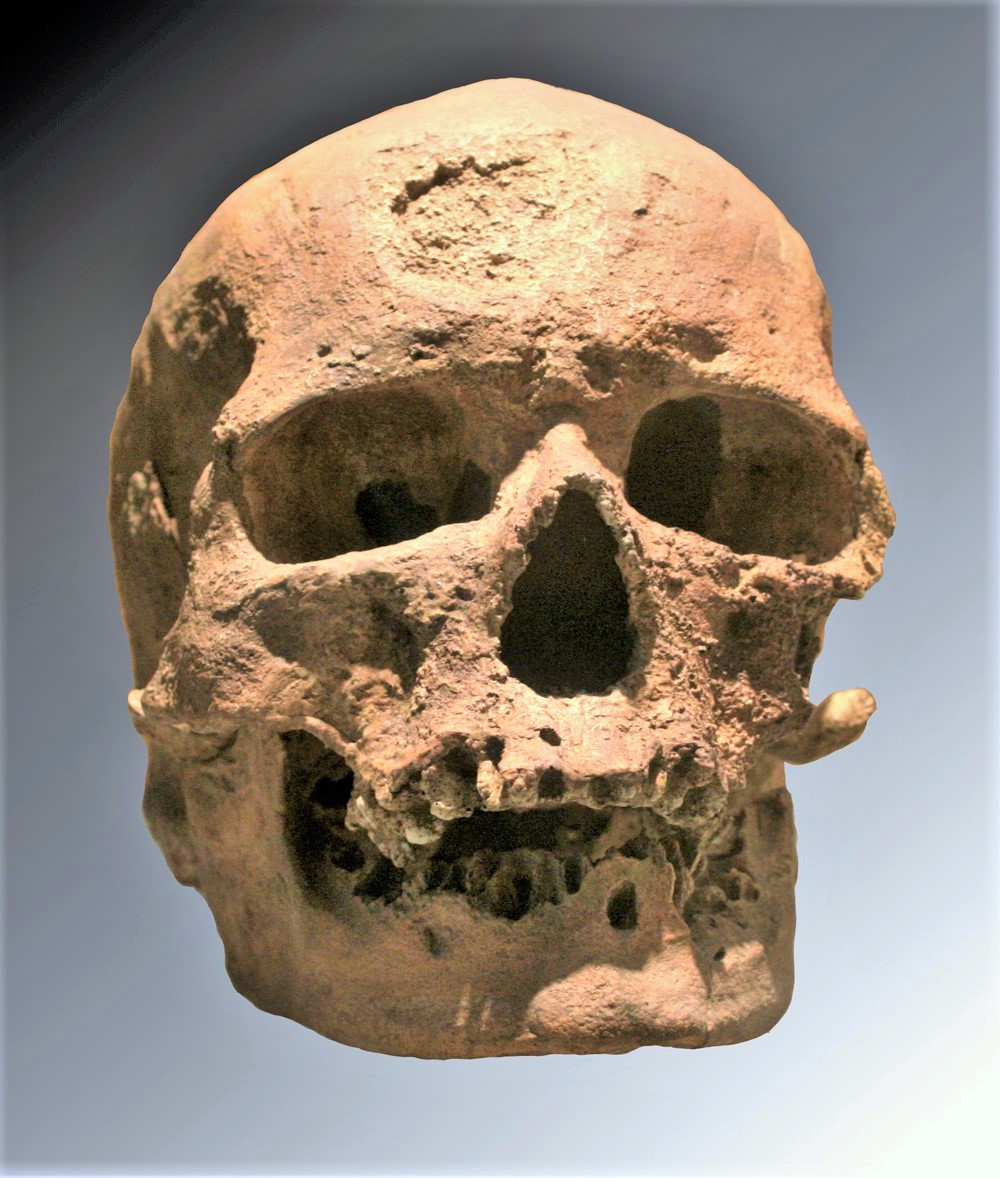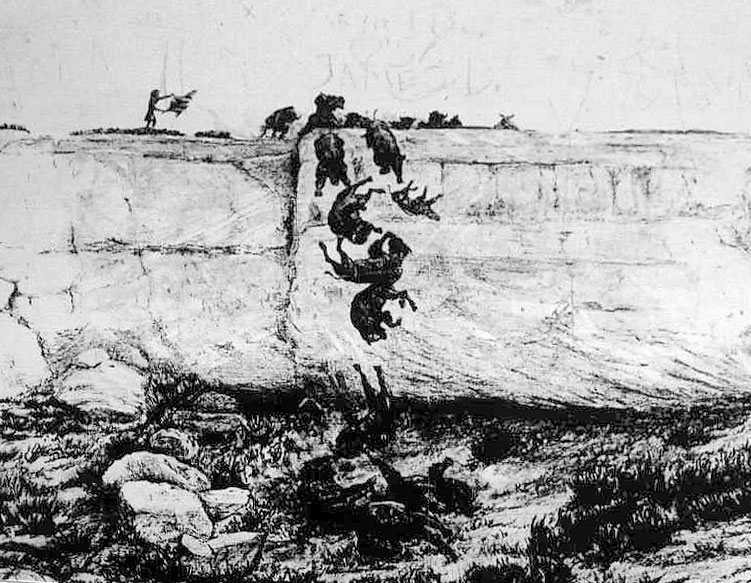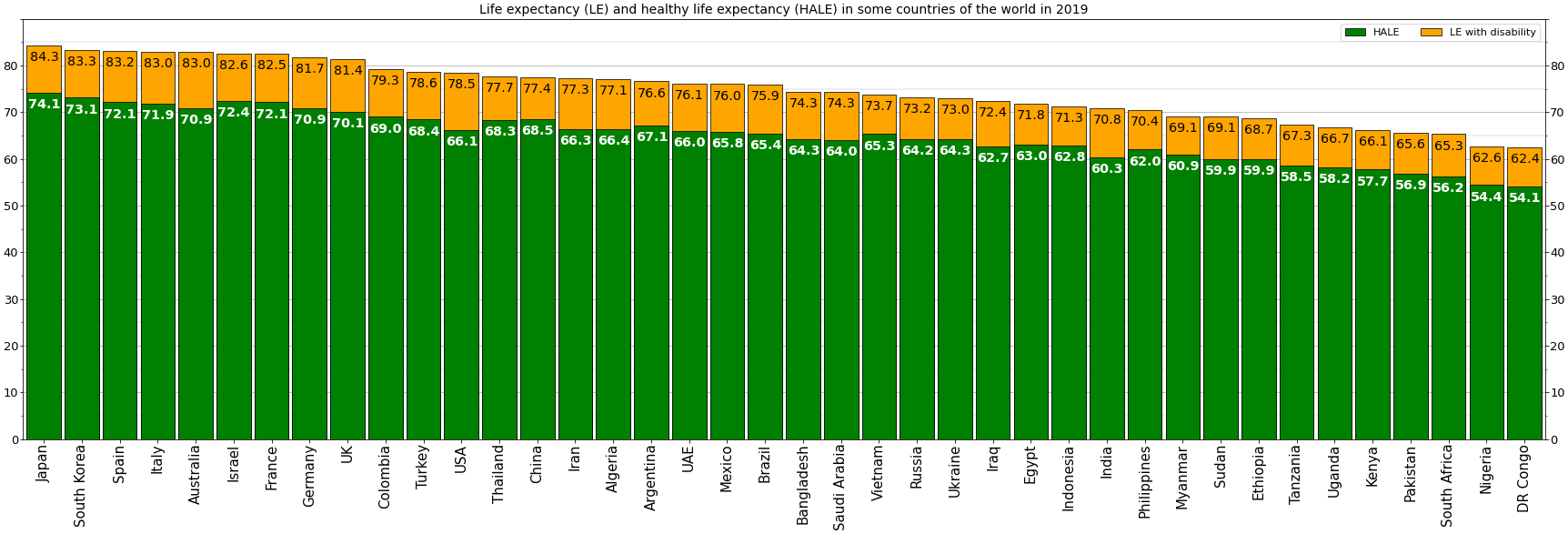|
European Early Modern Humans
Cro-Magnons or European early modern humans (EEMH) were the first early modern humans (''Homo sapiens'') to settle in Europe, migrating from western Asia, continuously occupying the continent possibly from as early as 56,800 years ago. They interacted and interbred with the indigenous Neanderthals (''H. neanderthalensis'') of Europe and Western Asia, who went extinct 35,000 to 40,000 years ago. The first wave of modern humans in Europe ( Initial Upper Paleolithic) left no genetic legacy to modern Europeans; however, from 37,000 years ago a second wave succeeded in forming a single founder population, from which all subsequent Cro-Magnons descended and which contributes ancestry to present-day Europeans. Cro-Magnons produced Upper Palaeolithic cultures, the first major one being the Aurignacian, which was succeeded by the Gravettian by 30,000 years ago. The Gravettian split into the Epi-Gravettian in the east and Solutrean in the west, due to major climatic degradation during ... [...More Info...] [...Related Items...] OR: [Wikipedia] [Google] [Baidu] |
Cro-Magnon 1
Cro-Magnon (, ; )French ''abri'' means "rock shelter", ''crô'' means "hole" in Occitan language, Occitan (standard French ''creux''), and ''Magnon'' is the surname of the land owner at the time. is an Aurignacian (Upper Paleolithic) site, located in a rock shelter at Les Eyzies, a hamlet in the commune of Les Eyzies-de-Tayac-Sireuil, Dordogne, southwestern France. Most notably, it is the site of the discovery of European early modern humans, anatomically modern human remains, apparently Paleolithic burial, buried at the site, dated to about 28,000 years ago.Cro-Magnon 1: 27,680 ± 270 BP The find is also called Cro-Magnon after the name of the rock shelter. Because of its archeological importance, ''Abri de Cro-Magnon'' was inscribed on the UNESCO World Heritage List as part of the Prehistoric Sites and Decorated Caves of the Vézère Valley site. Human remains In 1868, workmen found animal bones, flint tools, and human skulls in the rock shelter. French geologist Louis ... [...More Info...] [...Related Items...] OR: [Wikipedia] [Google] [Baidu] |
Last Glacial Maximum
The Last Glacial Maximum (LGM), also referred to as the Last Glacial Coldest Period, was the most recent time during the Last Glacial Period where ice sheets were at their greatest extent between 26,000 and 20,000 years ago. Ice sheets covered much of Northern North America, Northern Europe, and Asia and profoundly affected Earth's climate by causing a major expansion of deserts, along with a large drop in sea levels. Based on changes in position of ice sheet margins dated via cosmogenic nuclide, terrestrial cosmogenic nuclides and radiocarbon dating, growth of ice sheets in the southern hemisphere commenced 33,000 years ago and maximum coverage has been estimated to have occurred sometime between 26,500 years ago and 20,000 years ago. After this, deglaciation caused an abrupt rise in sea level. Decline of the West Antarctica ice sheet occurred between 14,000 and 15,000 years ago, consistent with evidence for another abrupt rise in the sea level about 14,500 years ago. Glacier fl ... [...More Info...] [...Related Items...] OR: [Wikipedia] [Google] [Baidu] |
East European Plain
The East European Plain (also called the Russian Plain, "Extending from eastern Poland through the entire European Russia to the Ural Mountains, the ''East European Plain'' encompasses all of the Baltic states and Belarus, nearly all of Ukraine, and much of the European portion of Russia and reaches north into Finland." ''— Britannica''. or historically the Sarmatic Plain) is a vast interior plain extending east of the North European Plain, and comprising several plateaus stretching roughly from 25 degrees longitude eastward. It includes Volhynian-Podolian Upland on its westernmost fringe, the Central Russian Upland, and, on the eastern border, encompasses the Volga Upland. The plain includes also a series of major river basins such as the Dnieper Lowland, the Oka–Don Lowland, and the Volga Basin. At the southeastern point of the East European Plain are the Caucasus and Crimean mountain ranges. Together with the North European Plain (covering much of Belgium, the Ne ... [...More Info...] [...Related Items...] OR: [Wikipedia] [Google] [Baidu] |
Palaeolithic Dog
Purported remains of Paleolithic dogs have been reported from several European archaeological sites dating to over 30,000 years ago. Their status as domesticated is highly controversial, with some authors suggesting them to be the ancestors of the domestic dog or an extinct, morphologically and Genetic divergence, genetically divergent wolf population. Taxonomy One authority has classified the Paleolithic dog as ''Canis cf. familiaris'' (where Open nomenclature#Usage of open nomenclature, cf. is a Latin term meaning uncertain, as in ''Canis'' believed to be ''familiaris''). Previously in 1969, a study of ancient mammoth-bone dwellings at the Mezine paleolithic site in the Chernihiv Oblast, Chernihiv region, Ukraine uncovered 3 possibly domesticated "short-faced wolves". The specimens were classified as ''Canis lupus domesticus'' (domesticated wolf). Naming In 2002, a study looked at 2 fossil skulls of large canids dated at 16,945 years before present (YBP) that had been found bur ... [...More Info...] [...Related Items...] OR: [Wikipedia] [Google] [Baidu] |
Throwing Stick
The throwing stick or throwing club is a wooden rod with either a pointed tip or a spearhead attached to one end, intended for use as a weapon. A throwing stick can be either straight or roughly boomerang-shaped, and is much shorter than the javelin. It became obsolete as Sling (weapon), slings and Bow (weapon), bows became more prevalent, except on the Australia, Australian continent, where the Indigenous Australians, native people continued refining the basic design. Throwing sticks shaped like returning boomerangs are designed to fly straight to a target at long ranges, their surfaces acting as airfoils. When tuned correctly they do not exhibit curved flight, but rather they fly on an extended straight flight path. Straight flight ranges greater than have been reported by historical sources as well as in recent research. Distribution The ancient Egyptians used throwing sticks to hunt small game and waterfowl, as seen in several wall paintings. The Eighteenth Dynasty of Egy ... [...More Info...] [...Related Items...] OR: [Wikipedia] [Google] [Baidu] |
Harpoon
A harpoon is a long, spear-like projectile used in fishing, whaling, sealing, and other hunting to shoot, kill, and capture large fish or marine mammals such as seals, sea cows, and whales. It impales the target and secures it with barb or toggling claws, allowing the fishermen or hunters to use an attached rope or chain to pull and retrieve the animal. A harpoon can also be used as a ranged weapon against other watercraft in naval warfare. Certain harpoons are made with different builds to perform better with the type of target. For example, the Inuit have short, fixed-foreshaft harpoons for hunting at breathing holes, while loose-shafted ones are made for throwing and remaining attached to the game. History In the 1990s, harpoon points, known as the Semliki harpoons or the Katanda harpoons, were found in the Katanda region in Zaire. As the earliest known harpoons, these weapons were made and used 90,000 years ago, most likely to spear catfishes. Later, in Japan, sp ... [...More Info...] [...Related Items...] OR: [Wikipedia] [Google] [Baidu] |
Spear-thrower
A spear-thrower, spear-throwing lever, or ''atlatl'' (pronounced or ; Classical Nahuatl, Nahuatl ''ahtlatl'' ) is a tool that uses leverage to achieve greater velocity in Dart (missile), dart or javelin-throwing, and includes a Plain bearing, bearing surface that allows the user to store energy during the throw. It may consist of a shaft with a cup or a spur at the end that supports and propels the butt of the spear. It's usually about as long as the user's arm or forearm. The user holds the spear-thrower in one hand, gripping near the end farthest from the cup. The user puts the butt end of the spear, or dart, in the cup, or grabs the spur with the end of the spear. The spear is much longer than the thrower. The user holds the thrower at the grip end, with the spear resting on the thrower and the butt end of the spear resting in the thrower's cup. The user can hold the spear, with the index and thumb, with the same hand as the thrower, with the other fingers. The user reaches b ... [...More Info...] [...Related Items...] OR: [Wikipedia] [Google] [Baidu] |
Game Drive System
The game drive system is a hunting strategy in which game are herded into confined or dangerous places where they can be more easily killed. It can also be used for animal capture as well as for hunting, such as for capturing mustangs. The use of the strategy dates back into prehistory. Once a site is identified or manipulated to be used as a game drive site, it may be repeatedly used over many years. Examples include buffalo jumps and desert kites. Game drives In the Rocky Mountain National Park, for instance, there are archeological remains from about 3,850 and 3,400 B.C. of 42 low-walled stone structures or cairns, up to hundreds of feet in length, built for game drive systems. These slight walls served as devices that permitted hunters to direct or herd game animals—like bison, sheep, deer, or elk—toward men waiting with weapons. Up to twenty-five people may have been needed to execute the game drive. Hunters may have killed the animals using darts, atlatl, spear thrower ... [...More Info...] [...Related Items...] OR: [Wikipedia] [Google] [Baidu] |
Broad Spectrum Revolution
The broad spectrum revolution (BSR) hypothesis, proposed by Kent Flannery in a 1968 paper presented to a London University symposium, suggested that the emergence of the Neolithic in southwest Asia was prefaced by increases in dietary breadth among foraging societies. The broad spectrum revolution followed the most recent ice age around 15,000 BP in the Middle East and 12,000 BP in Europe. During this time, there was a transition from focusing on a few main food sources to gathering/hunting a "broad spectrum" of plants and animals. Hypothesis details Flannery's hypothesis was meant to help explain the adoption of agriculture in the Neolithic Revolution. Unpersuaded by "the facile explanation of prehistoric environmental change" Flannery suggested (following Lewis Binford's equilibrium model) that population growth in optimal habitats led to demographic pressure within nearby marginal habitats as daughter groups migrated. The search for more food within these marginal habitats fo ... [...More Info...] [...Related Items...] OR: [Wikipedia] [Google] [Baidu] |
Life Expectancy
Human life expectancy is a statistical measure of the estimate of the average remaining years of life at a given age. The most commonly used measure is ''life expectancy at birth'' (LEB, or in demographic notation ''e''0, where ''e''x denotes the average life remaining at age ''x''). This can be defined in two ways. ''Cohort'' LEB is the mean length of life of a birth Cohort (statistics), cohort (in this case, all individuals born in a given year) and can be computed only for cohorts born so long ago that all their members have died. ''Period'' LEB is the mean length of life of a hypothetical cohort assumed to be exposed, from birth through death, to the mortality rates observed at a given year. National LEB figures reported by national agencies and international organizations for human populations are estimates of ''period'' LEB. Human remains from the early Bronze Age indicate an LEB of 24. In 2019, world LEB was 73.3. A combination of high infant mortality and d ... [...More Info...] [...Related Items...] OR: [Wikipedia] [Google] [Baidu] |
Natural Selection
Natural selection is the differential survival and reproduction of individuals due to differences in phenotype. It is a key mechanism of evolution, the change in the Heredity, heritable traits characteristic of a population over generations. Charles Darwin popularised the term "natural selection", contrasting it with selective breeding, artificial selection, which is intentional, whereas natural selection is not. Genetic diversity, Variation of traits, both Genotype, genotypic and phenotypic, exists within all populations of organisms. However, some traits are more likely to facilitate survival and reproductive success. Thus, these traits are passed the next generation. These traits can also become more Allele frequency, common within a population if the environment that favours these traits remains fixed. If new traits become more favoured due to changes in a specific Ecological niche, niche, microevolution occurs. If new traits become more favoured due to changes in the ... [...More Info...] [...Related Items...] OR: [Wikipedia] [Google] [Baidu] |
Brow Ridges
The brow ridge, or supraorbital ridge known as superciliary arch in medicine, is a bony ridge located above the eye sockets of all primates and some other animals. In humans, the eyebrows are located on their lower margin. Structure The brow ridge is a nodule or crest of bone situated on the frontal bone of the skull. It forms the separation between the forehead portion itself (the squama frontalis) and the roof of the eye sockets (the pars orbitalis). Normally, in humans, the ridges arch over each eye, offering mechanical protection. In other primates, the ridge is usually continuous and often straight rather than arched. The ridges are separated from the frontal eminences by a shallow groove. The ridges are most prominent medially, and are joined to one another by a smooth elevation named the glabella. Typically, the arches are more prominent in men than in women, and vary between different human populations. Behind the ridges, deeper in the bone, are the frontal sinuses. Ter ... [...More Info...] [...Related Items...] OR: [Wikipedia] [Google] [Baidu] |










